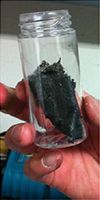Analysis of residues
Year of publication: 2024
Modern transmissions, engines and hydraulic systems are becoming more compact, energy efficient and powerful. These advances often involve higher operating pressures and more precisely manufactured components. This also increases the demands on the quality and purity of lubricants.
As a result, many systems are equipped with increasingly fine main and bypass filters. In lubricant analysis, the detection of foreign particles and contaminants in oil and the determination of cleanliness classes are becoming increasingly important.
When residue samples arrive at the OELCHECK laboratory, an experienced tribologist selects the appropriate analysis method after an initial visual inspection of the sample. As residues cannot be analysed directly in our test instruments like used oil samples, the instruments are either adapted or modified methods are used.
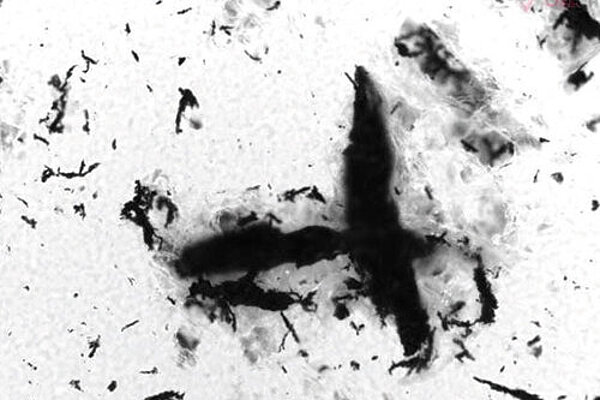
Table of contents
ICP-OES and microwave digestion
In order to obtain reliable values for the determination of elements in a residue sample, possible interfering factors should be eliminated before the determination. This process, which chemists call 'digestion', is usually carried out by adding a strong acid and heating at the same time. Nowadays, this is done using modern laboratory microwaves. The result is a clear, aqueous solution that can be easily analysed using ICP-OES (inductively coupled plasma optical emission spectrometry).
The advantages:
- Better sample homogenisation
- Measurement according to the internationally recognised standard DIN EN ISO 11885
- Small sample size: only 0.5 g required after microwave digestion
Since 2023, ICP-OES analysis has been used for residue analysis after microwave digestion of the samples. This method provides reliable results.
The microwave instruments require 90 minutes to digest the samples plus approximately 30 minutes for cooling. Up to 20 samples can be loaded and analysed simultaneously and the method fits seamlessly into our laboratory routine. The lower detection limits allow even more precise determination of the elements present in the residues, providing a good opportunity to assess their origin.
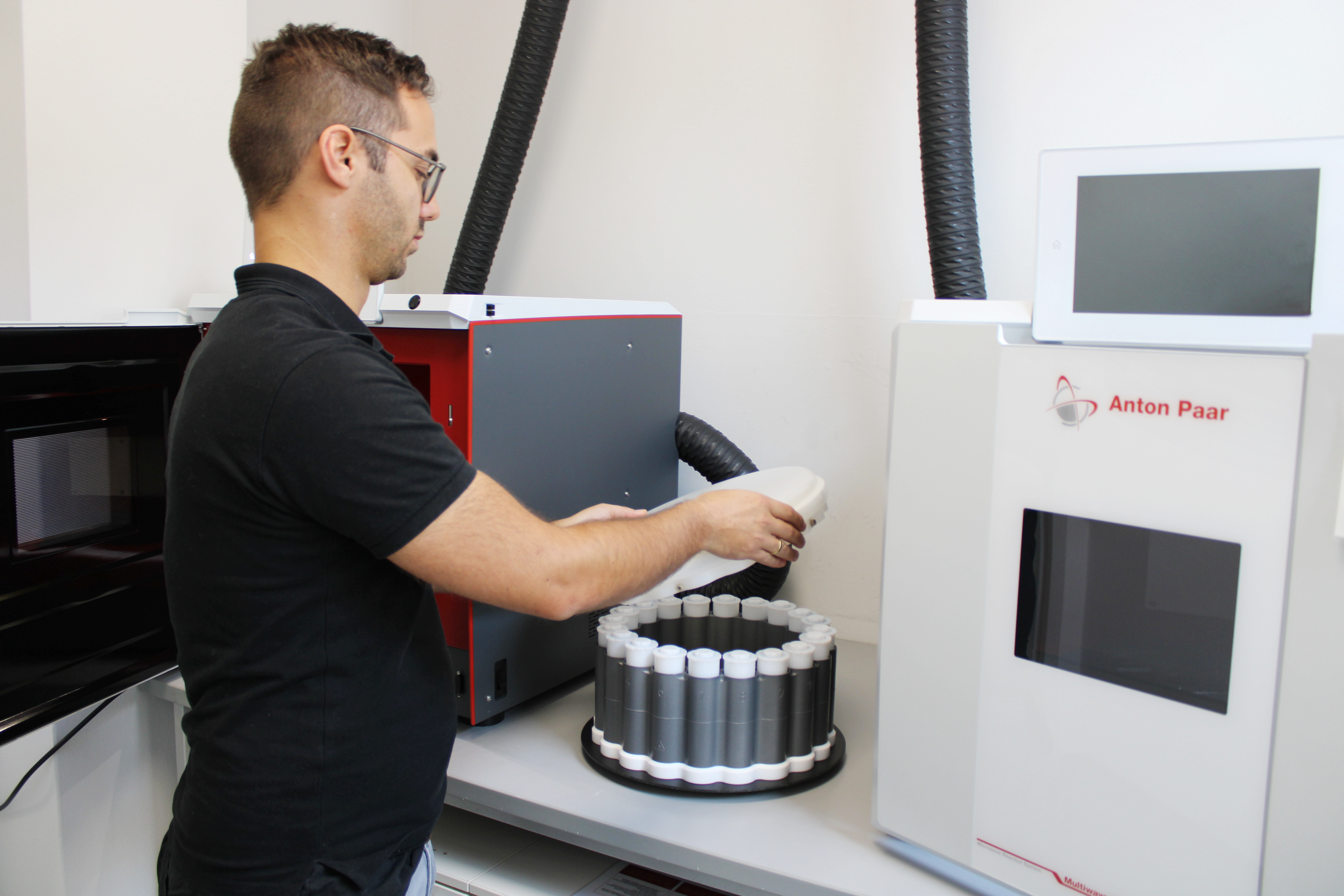
H-ATR FTIR identifies oil type, contaminants and mixtures
The principle of FTIR (Fourier Transform Infrared) spectroscopy is based on the fact that the molecules present in the lubricant absorb infrared light to different extents at specific wavelengths due to their typical bonding forms. These absorptions are recorded in the form of a spectrum. Changes can be detected and interpreted by looking for typical peaks at certain wave numbers compared to the reference samples.
In addition to the residue, it is always advisable to analyse the oil used or its fresh product.
If mixing is suspected, the other products in question should also be analysed.
H-ATR FTIR spectroscopy on oil-wetted filter residues can provide information on oil mixtures with foreign oil and on contaminants such as water. Changes in the composition of additives (additive sludge) can also be detected.
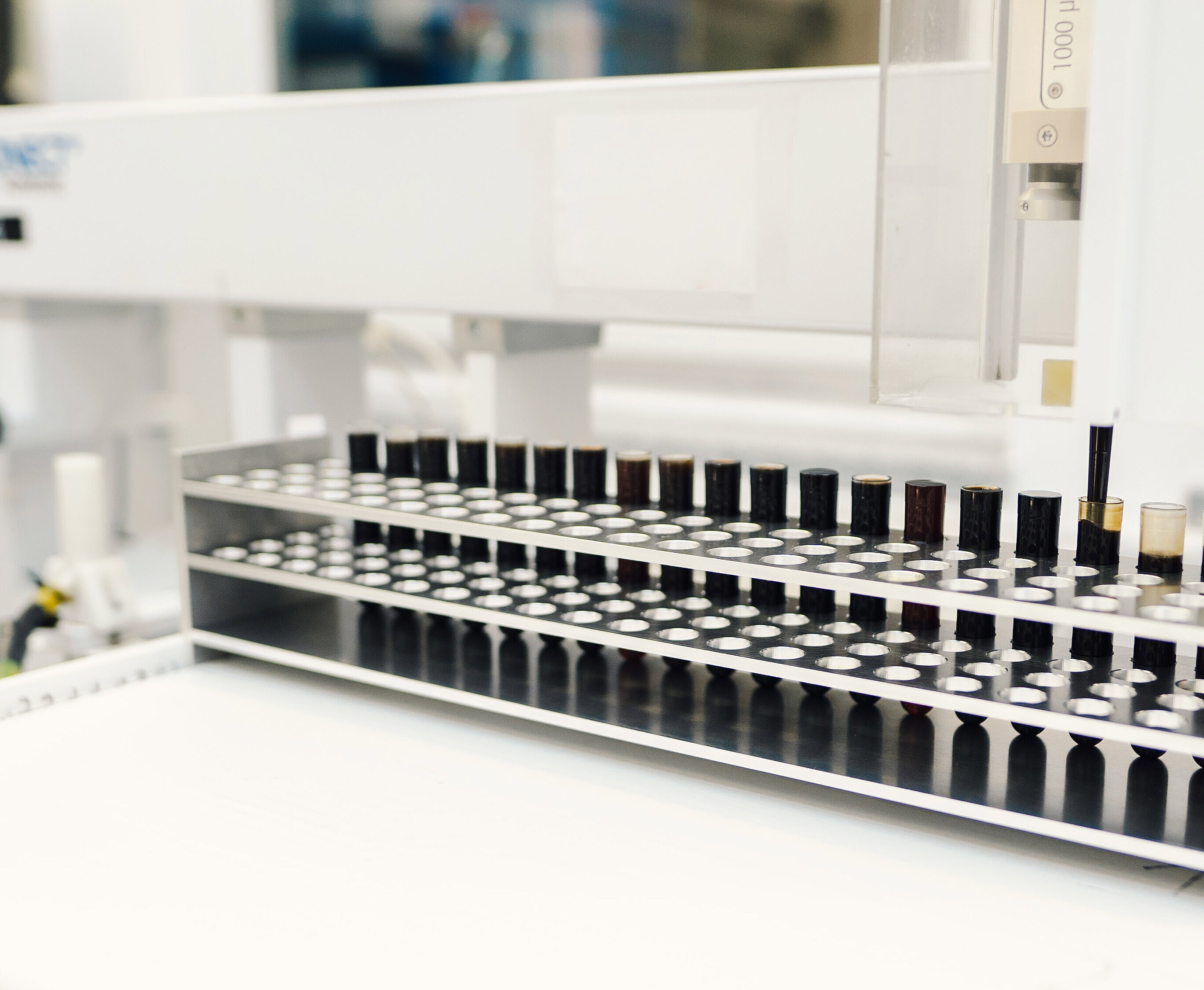
PQ index - searching for iron
Where possible and practicable, the PQ index provides information on the level of magnetisable iron as a dimensionless numerical value. If this value is significantly higher than the index measured in the oil, significant wear is occurring in the ferrous components of the unit from which the filter originates.
The PQ index is independent of particle size. The test principle is based on the fact that iron abrasion disturbs the magnetic field. The amount of all magnetisable iron particles (rust particles are not magnetisable) in the filter residue is determined by magnetic induction. The index, called the PQ index because of the Kittiwake Particle Quantifier, indicates the result of the measurement.
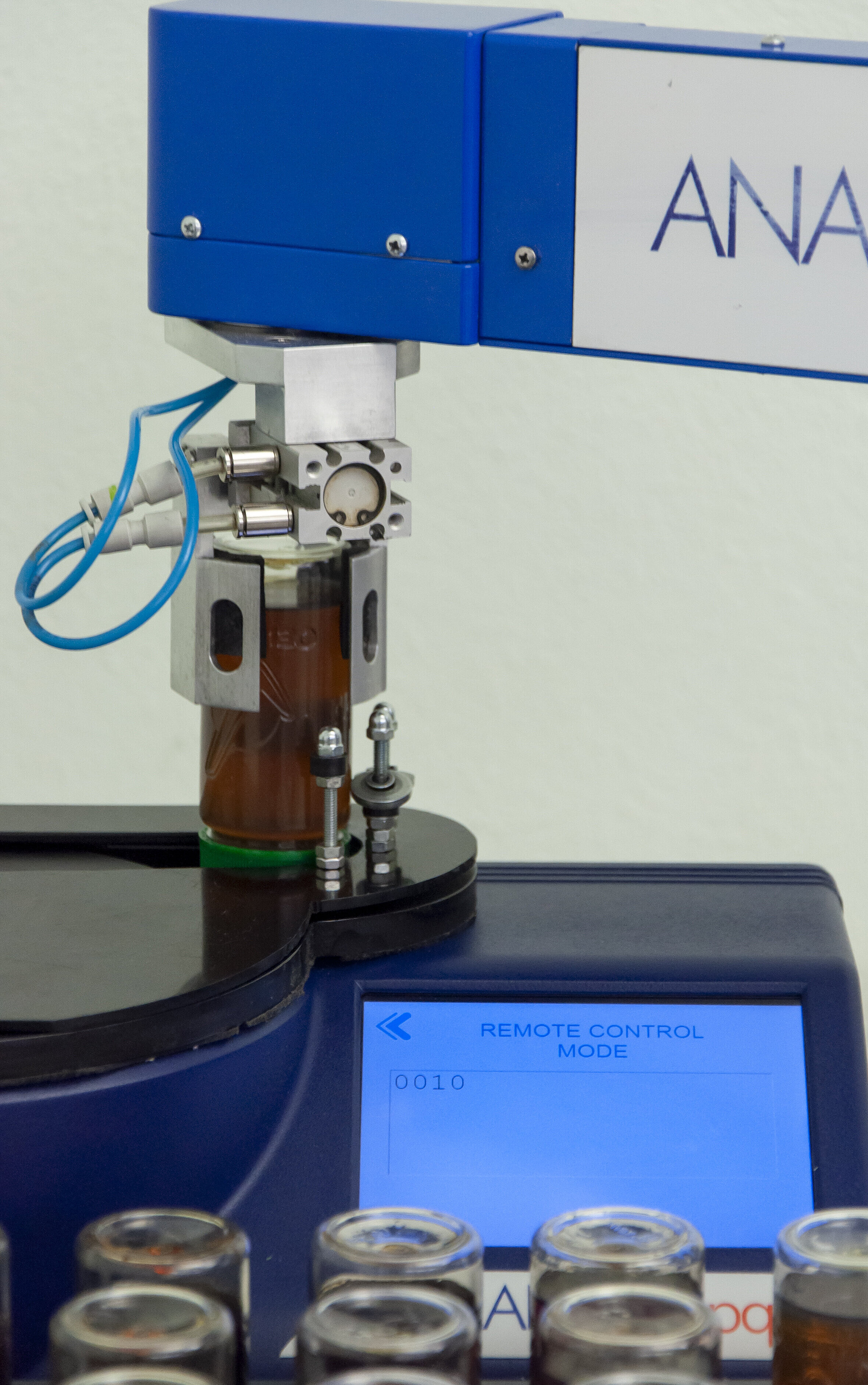
The next step: SEM-EDX
SEM-EDX stands for 'Scanning Electron Microscopic Examination using Energy Dispersive Micro Range Analysis'. It is used to precisely determine the elemental composition of particles. Based on the results of the metal alloys determined, conclusions can be drawn about the possible original components of the particles, which are only a few micrometres in size.
SEM-EDX analysis is therefore ideal for identifying machine parts that are showing signs of wear, or for detecting impurities in the form of solids. These analyses are carried out by Industrieanlagen-Betriebsgesellschaft mbH (IABG) in Ottobrunn near Munich. OELCHECK's cooperation partner has the necessary high-tech equipment and extensive expertise in the investigation and assessment of complex damage cases. OELCHECK separates the particles to be analysed from oil samples, provides background information and participates in the diagnosis of the test results.
Our tribology department will be happy to provide you with a sample report and advice.
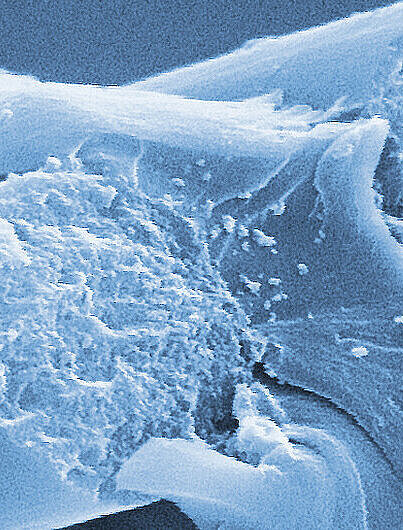
Important notes on sampling
Residue analysis is very diverse. We therefore recommend that you contact our Tribology Department prior to residue analysis.
The amount of sample required depends heavily on the material of the sample. In most cases one to ten grams is sufficient.
Please do not send us complete filters!
We do not have the facilities to disassemble or open complete filters.
We will therefore have to return complete filters to the customer for a fee or dispose of them.
